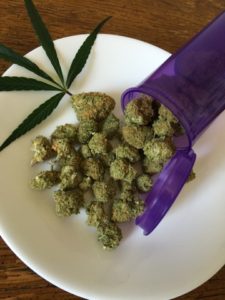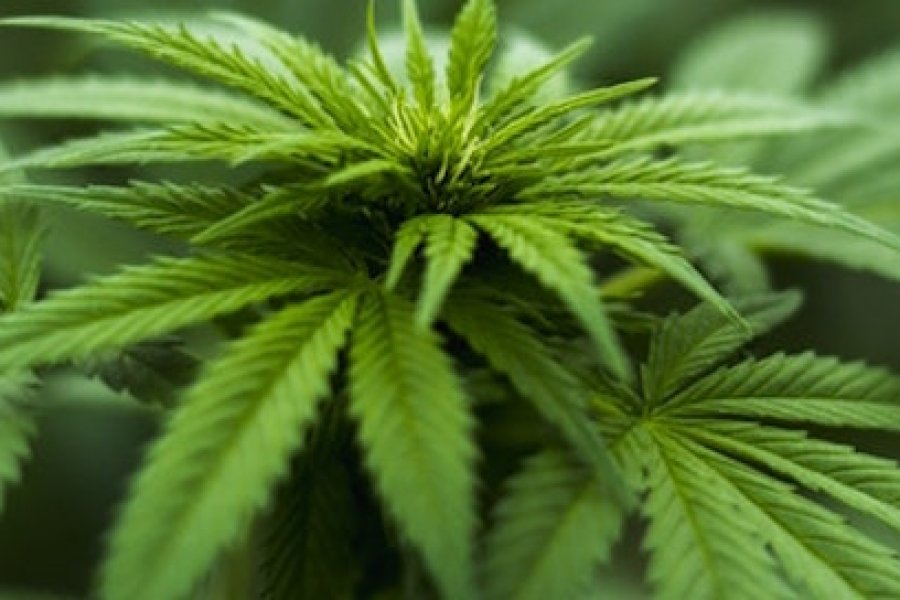
Did you know that cannabis is one of the oldest crops in the world? It can be traced back to ancient cultures, with records of it being used more than 6,000 years ago.
Yet today, there is still uncertainty about which types do what.
Have you ever wondered why your friend gets paranoid after you smoke the same amount of the same strain and you’re just fine? Well, it all boils down to the wonders of the endocannabinoid system and the human body.
Essentially, the endocannabinoid system is what is responsible for the observable effects seen when consuming cannabinoids.
Now, there are two well-known marijuana species – cannabis indica and cannabis sativa. Each of these species has its own effects and characteristics.
Sativa & Indica: Origin and Evolution of the Terms
Cannabis Indica (meaning)
“Indica” refers to stout, broad-leaf plants, thought to induce sedating effects. Technically, these broad-leaf drug (BLD) varieties are cannabis indica ssp. afghanica.
Cannabis indica is generally agreed to have originated either on the Asian subcontinent or possibly in Afghanistan. Jean-Baptiste Lamarck, a French naturalist – was the first European botanist to classify this type in 1785.
It adapted to its harsh growing environment in countries like Morocco, Turkey, India, and Afghanistan and developed some characteristics.
To protect itself from unforgiving conditions, the strain developed a thick shell of resin to protect itself against rough climatic conditions.
This cannabis strain is generally characterized by its broad leaves, deep color, and thick, stout buds. Thanks to full-body sedation and relaxation effects, indicas tend to provide excellent relief from symptoms such as pain, anxiety, insomnia, and even muscle spasms.
Cannabis Sativa (definition)
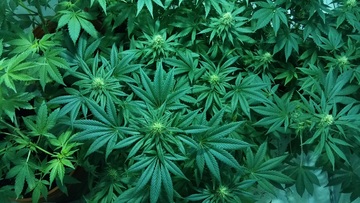 “Sativa” has come to describe tall, narrow-leaf varieties of cannabis, thought to deliver energizing effects. Originally, however, these narrow-leaf drug (NLD) varieties were referred to as cannabis indica ssp. indica.
“Sativa” has come to describe tall, narrow-leaf varieties of cannabis, thought to deliver energizing effects. Originally, however, these narrow-leaf drug (NLD) varieties were referred to as cannabis indica ssp. indica.
It’s the first variety of cannabis to be documented and given a scientific name.
Sativa originated in Central and South America. This strain of cannabis is typically distinguished by its long, thin leaves, lighter color, and tall, airy buds.
With a cerebral-focused uplifting effect, sativas often help to relieve mood disorders, depression, fatigue, and even ADD.
Although very many cannabis strains are derived from indica and sativa species, there is technically another type of cannabis, called ruderalis.
Cannabis Ruderalis
This is a low-THC species of cannabis which is native to Central and Eastern Europe and Russia. The name ‘ruderalis” comes from the word ruderal, a term used by botanists to describe hardy, non-domesticated plants.
Cannabis ruderalis originated from Russia. It was first classified in 1924 by a Russian botanist named D.E. Janischevsky.
Never heard of cannabis ruderalis? If so, don’t worry. It’s seldom mentioned. And, on its own, it has virtually no medical benefit due to a much lower THC concentration.
The main reason it’s used at all is due to its auto-flowering properties. This means that these plants switch from the vegetative phase to the flowering phase automatically with age, while most strains are photoperiod-dependent.
Given that 99% of cannabis strains today originate from sativas and indicas, we will stick to explaining these two types here on out.
Indica vs. Sativa High: What’s the Difference?
Whether as a need or a want, knowing how to distinguish cannabis sativa from indica is always handy. By the end of this section, you’ll be able to do so before you even feel the high come on.
How to Identify Them
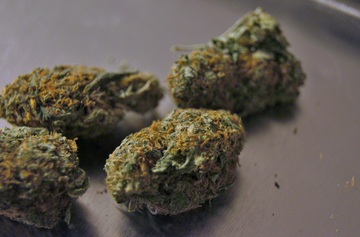 Even at a glance, you will notice that the plants look strikingly different. Indica plnts are short and densely branched. They grow to between two and four feet.
Even at a glance, you will notice that the plants look strikingly different. Indica plnts are short and densely branched. They grow to between two and four feet.
Sativa grows leaves that are really tall and thin looking. It takes much longer to get to maturity and the buds are thinner and longer.
Leaves of both plants are somewhat similar. However, on closer inspection, you’ll notice that indica leaves are short and squat, whereas sativa leaves are long and skinny.
The buds of each plant also differ. Indica buds are dense and bulbous. Sativa buds are long and sausage-shaped. Because of this, it’s possible to tell the buds apart even after growers harvest the plants.
Lastly, the two plants mature differently. Sativas take about 60 to 90 days to reach maturity. Indica, on the other hand, usually take 45 to 60 days to do the same.
Other differences include:
| Indica | Sativa |
| High THC levels | High CBD levels |
| Typically has an earthy flavor | Typically has a sweet flavor |
| Relieves depression | Reduces anxiety and pain |
| Spacey, cerebral or hallucinogenic high | Couch lock or body high |
| Energetic and uplifting | Calming, sedating and relaxing |
Medicinal Effects
Can medical marijuana reduce pain?
Each strain has its own range of effects on the body and mind resulting in a wide range of medicinal benefits.
Sativa
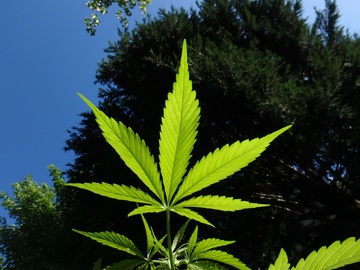
In contrast, sativas are the total opposite of indicas. They are often viewed as ideal daytime strains because they typically have energetic and uplifting effects.
Sativas are associated with a more alert, creative experience. Many people enjoy using sativas during the day. It can also induce creativity and is perfect for a wake and bake to promote focus and open you up to new, fresh ideas.
Popular sativa strains include Jack Herer, Silver Haze, Blue Dream, Sour Diesel, and White Widow.
The major qualities of sativas medicinal traits include:
- For daytime use
- Increases serotonin (a neurotransmitter involved in the regulation of appetite, anxiety, sleep, mood, and learning)
- Increases focus and creativity
- Treats chronic pain
- Anti-depressant
- Anti-anxiety
Pure Strains of Sativa
Pure sativa strains include:
- Hawaiian: Hawaiian is a tropical fruit-fragranced strain that gives a happy and relaxed feeling. It’s very useful in relieving stress and depression.
- Thai: As you might imagine, Thai comes from Thailand. The strain has a powerful effect and boasts a citrus aroma. Medicinally, it’s used to treat fatigue, depression, and stress.
- Panama Red: As the name suggests, this strain comes from Panama and has been popular since the ‘60s. Similar to Thai, it helps relieve depression, fatigue, and stress.
Indica
Indica strains can be used for various medical purposes. It has a higher ratio of cannabidiol (CBD) to tetrahydrocannabinol (THC). Consequently, it’s believed to produce lower anxiety levels than other cannabis strains.
Popular indica strains include Granddaddy Purple, Northern Lights, G-13, Master Kush, and White Rhino.
The major qualities of indica medicinal strains include:
- For nighttime use
- Increases dopamine (a neurotransmitter that helps control the brain’s reward and pleasure centers)
- Increases appetite
- Decreases acute pain
- Decreases nausea
- Muscle relaxation
- Increases mental relaxation
Pure Strains of Indica
Completely pure indica strains include:
- Hindu Kush: This pure Indica strain is named after the 500-mile long mountain range between Pakistan and Afghanistan, where it originated. It gives a feeling of calm and is used by people suffering from pain, nausea, and stress.
- Afghani: Afghani gets its name from its geographical origin. It has an earthy and sweet smell. It helps relieve insomnia, pain, and stress.
- Ketama: Ketama is a sativa that comes from Northern Morocco. The plant boasts strong THC levels that provide a very relaxing effect.
Choosing the Right Cannabis Strain
Numerous strains target different areas of health. And, choosing the right strain should be dependent on the product’s intended health focus.
When selecting the right cannabis strain for you, consider the following questions:
- Do you want the effects to last a long time? If so, then consider edibles (starting with a low dose). Conversely, if you seek a short-term experience, then you should use a tincture.
- How much experience do you have with cannabis? If your tolerance is low, consider a low-THC strain in low doses.
In the end, choosing a strain isn’t just a choice between indicas, sativas, and hybrids. What truly matters is the cannabinoid content of the strain.
What Strain Is Good For You?
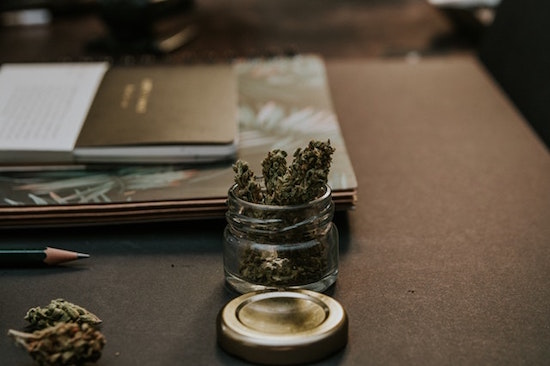
Prior to picking sativa or indica, consider another type of cannabis: hybrid. A hybrid cannabis is one that combines both phenotypes Indico/Sativa.
Some hybrid cannabis exhibit more characteristics of sativa strains and are called Sativa Dominant. Others are closer to a pure cannabis strain, and these are called Indica Dominant.
It can be separated into three essential classes:
- Indica-overwhelming hybrids: These strains give a full-body relaxation break, with an unwinding head high. Prescribed for daytime help from minor pain relief, or for evening use to rest.
- Even Hybrids (neutral): Ideal strains for individuals looking for the ideal head and body change.
- Sativa-predominant Hybrids: Cerebral high with an unwinding body impact. Gives physical and mental alleviation.
These options may seem overwhelming, more so if you are a budtender. Budtender’s etiquette requires being sensitive to all kinds of users who will come through your dispensary.
Oddly, though, the more information you know about weed, the more questions people seem to have. But knowing the fundamental properties of cannabinoids and methods of consumption will usually answer: What cannabis strain is right for me?
So there you go. An overview of the cannabis types. It’s our sincere hope that this guide has helped you learn more about the present state of cannabis.
